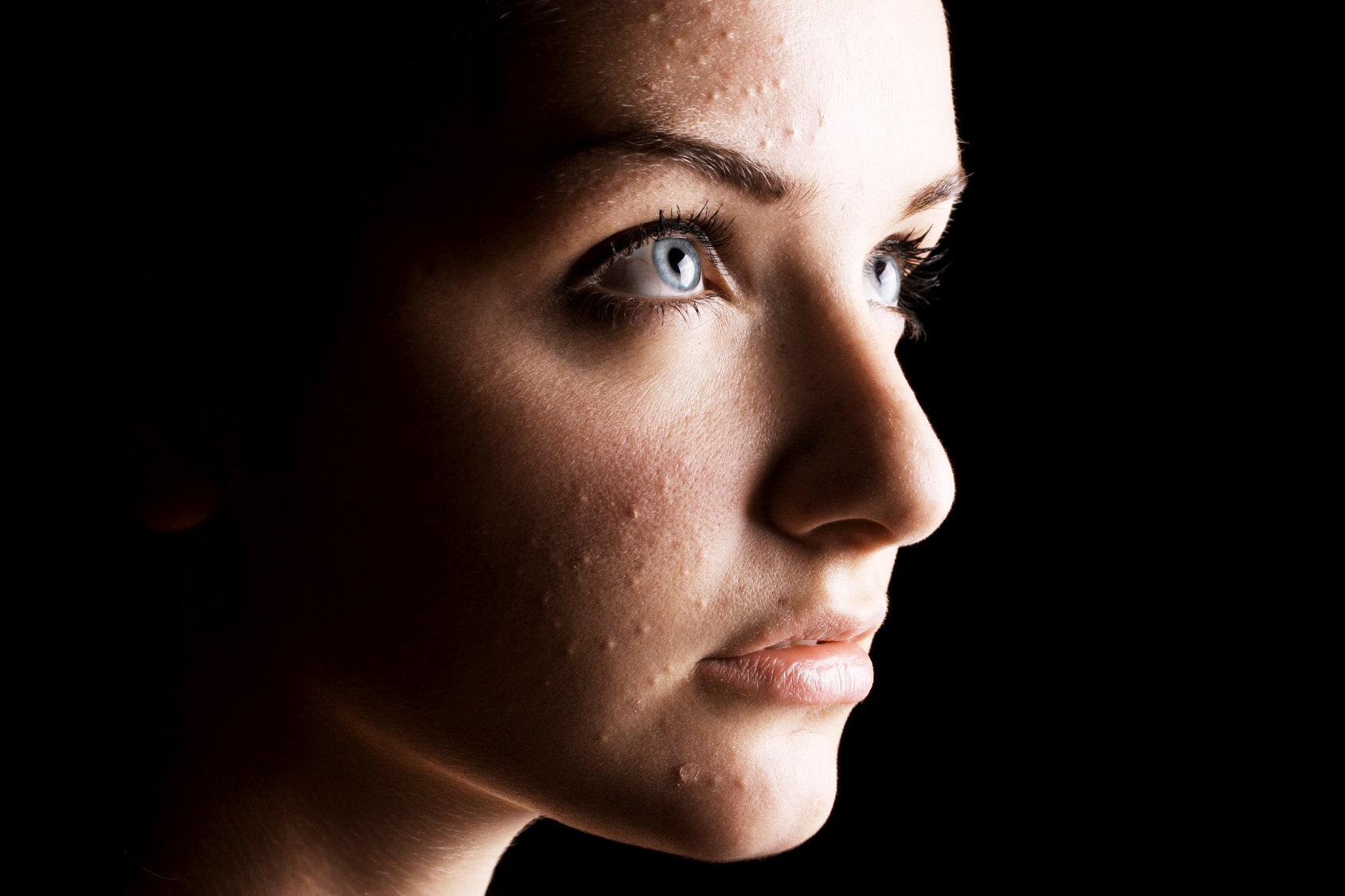
The benign, bead-like cysts that happens as a result of skin cells becoming trapped beneath the skin’s surface are reffered to as miliary dermatitis, or milia.
They usually appear on the face but can also occur on the mucous membranes in the mouth (cheek) or lips. The areas that are most commonly affected are the eyelids, lips, forehead, arms, and hands.
|
Milia are associated with some type of damage to the skin, such as:
- Blistering due to a skin condition
- Burns
- Blistering injuries, such as poison ivy
- Skin resurfacing procedures, such as dermabrasion or laser resurfacing
- Long-term use of steroid creams
- Long-term sun damage
There are people who do need milia removal, or who would simply prefer to have the milia removed because they are bothersome or unsightly.
Treatment ranges between over the counter exfoliants such as cleansers with granules in them or exfoliating brushes. When these modalities aren’t effective patients will get success with extractions done under the care of a licensed aesthetician or dermatologist as well as microdermabrasion.
The different treatments options for eliminating milia include:
- Deroofing, or using a sterile needle to pick out the contents of the cyst
- Medications, such as topical retinoids (creams that contain vitamin A compounds)
- Chemical peels
- Laser ablation, which involves using a small and focused laser to destroy the cyst
- Diathermy, which involves using extreme heat to destroy the cysts
- Destruction curettage, which involves surgical scraping and cauterization to destroy the cysts
- Cryotherapy, which involves freezing and is the most frequently used method to destroy the cysts
Treatment also depends on the area affected. For example, care has to be exercised when treating the delicate areas of the body, such as the eyelids. The upper eyelid is one of the trickiest spots from which to remove milia.
One milium doesn’t mean you need to rush to the dermatologist. But if you have many or long-lasting milia, it’s probably time to make an appointment.
Prevention Tips:
- Avoid the use of thick, heavy creams and makeup.
- Keep your face clean. (Consider using a buffered glycolic acid to get rid of surface debris and clean your pores.) Exfoliate a couple times a week, if possible.
- Protect yourself from the sun.
Avoid picking at milia, because you could end up with a scar.